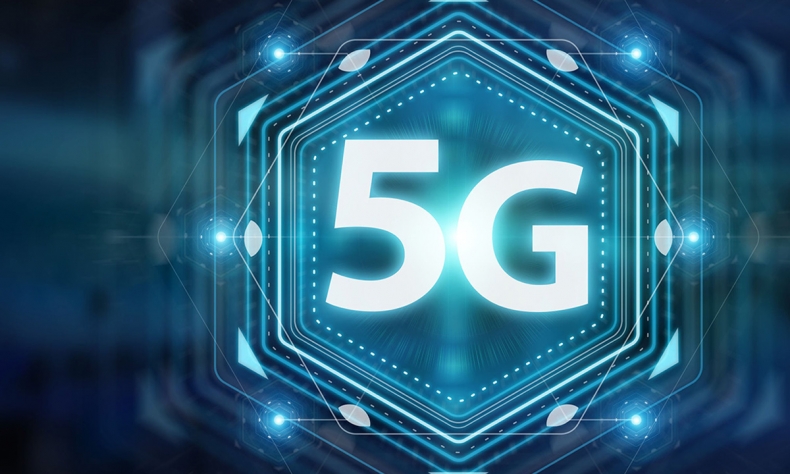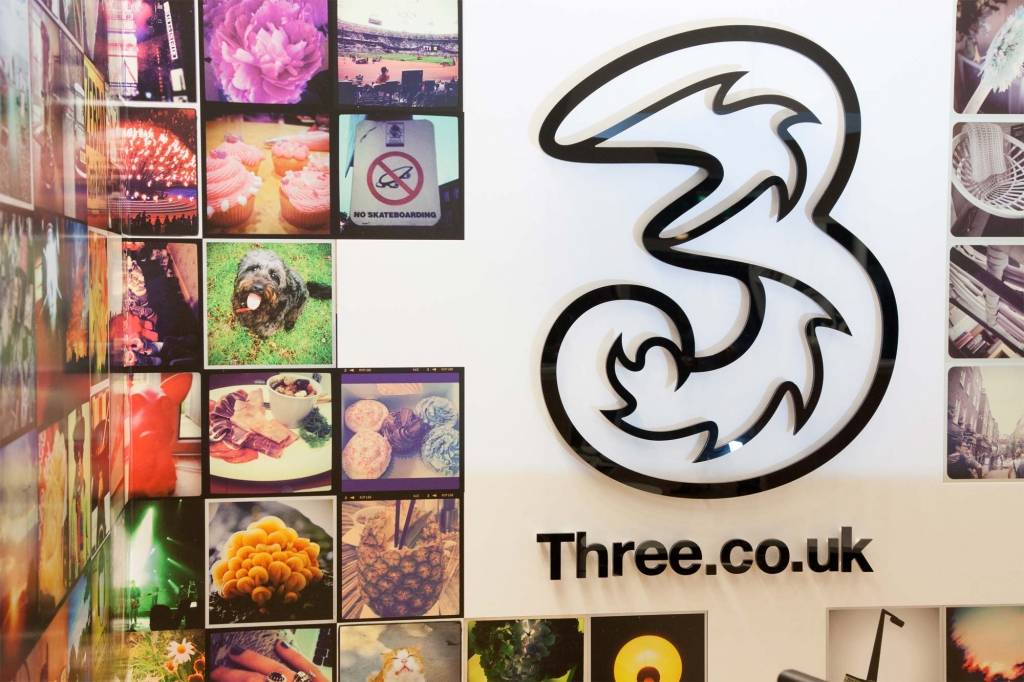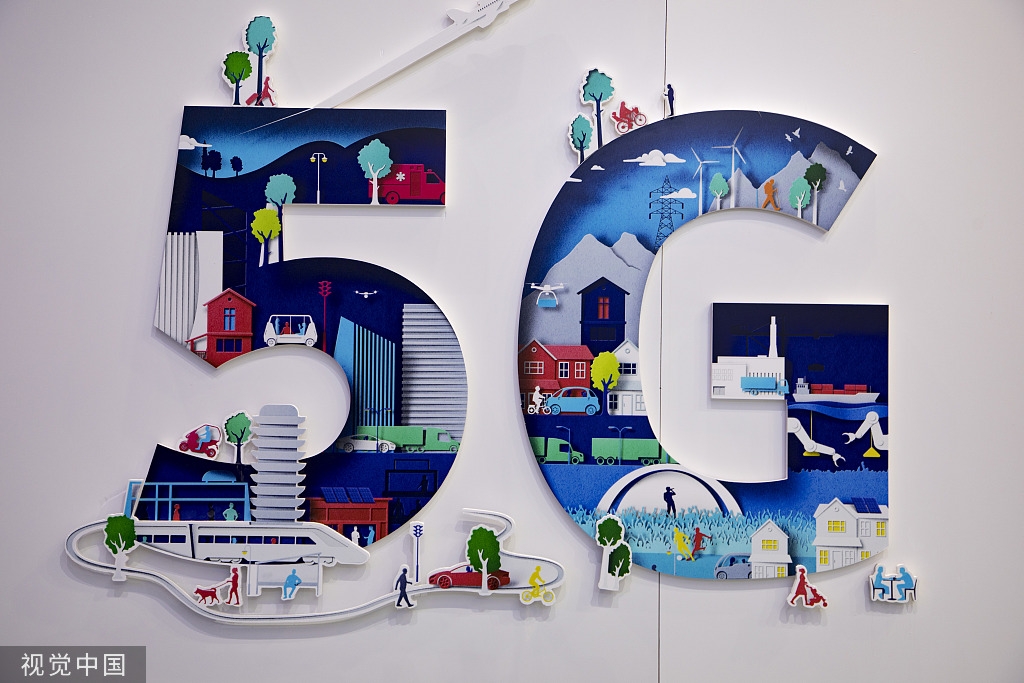
High Speed 5G Network Trialed in the UK
Currently, just 10 countries make up 80% of the 4G worldwide market, with many countries still having poor coverage. In order for 5G to truly connect the world, countries must prioritize infrastructure to allow 5G to work its magic on our lives.
The U.K. is set to be one of the first countries in the world to introduce 5G to mainstream consumers. Landline broadband connections are often a source of domestic frustration, from planned engineering works that require digging up local roads, to the dated concept of landline telephones in a world where virtually every family member has a mobile phone with internet access. The mobile broadband provider Three, following its rivals, EE and Vodafone, is rolling out 5G home broadband plans with unlimited data to select areas in London, with the aim of spreading this to other areas in the U.K. as the infrastructure improves.

The 5G network in the U.K., set up by Chinese telecoms company Huawei, has the potential to reach over 20 times the speed of traditional 4G LTE, and can hit a whopping speed of 20 GB per second with much lower latency rates. Interestingly, the hub provided by Three is also able to work everywhere. It is not just limited to the home as it doesn’t need a broadband landline connection. This means that as long as the user is in a 5G covered area, in the future, he or she could take the hub anywhere, have multiple users connected to it and surf the web as normal. In the future when 5G network coverage improves, this could be a massive game changer for the home internet industry.
This is not to say that the technology doesn’t need some fine-tuning. The fact that 5G carries over higher frequencies means that signals are less efficient at penetrating the walls of a house. This means that in order to maintain signal strength, a much larger router would be required than in a traditional broadband setup. Indeed, the Three 5G router is slightly bulky, however the concept of 5G and remote flexibility may provide an incentive for future models to be refined and improved on.
This initiative by Three is but a small peek into the future of nationwide 5G coverage for the U.K. However, the merits of 5G may only be fully realized when remote access on smartphones is available in the future. Nonetheless, the notion of 5G home internet, which does not rely on immobile landline cables is definitely a step in the right direction, albeit one which does not yet have widespread mainstream adoption.

The potential to change how we live is something that Three is keen to demonstrate. With the “Living room of the future” exhibition in London, a collaboration with Henry Holland and Director of Immersive Experiences, Connie Harrison, showcases the potential for greater interconnectivity to improve our lives. Home entertainment is one area which can be revolutionized by 5G. Currently video game consoles which rely on on-screen content to entertain and dominate the market require higher internet speeds and lower latency. This may be the tipping point for VR (virtual reality) to finally become a mainstream technology in the video gaming industry. Augmented reality, as seen in the success of Pokemon Go in the summer of 2016, is also likely to become much more widely adopted in Three’s vision of our domestic future.
Augmented Reality also has crossover potential with traditional home internet uses, such as online shopping. 5G users will be able to try on clothes virtually before purchasing them, something which could only be possible with the large data carrying capacity of 5G. Holland says: “Why would you ever go out again? But I mean why would you go to a shop if you can sit there, buy two pairs of something, try them on and send them back before it’s even come off your credit card?”
The potential for 5G to realize such fantasies is strong, and clearly companies such as Three are excited at the prospect of this innovation. It may take a few years however, for the technology to become widespread enough to enable this form of digital lifestyle to become truly mainstream. In the U.K., the first steps have been taken. As with the adoption of 4G, however, steps must be taken to ensure that the technology is accessible to everyone. Currently, just 10 countries make up 80% of the 4G worldwide market, with many countries still having poor coverage. In order for 5G to truly connect the world, countries must prioritize infrastructure to allow 5G to work its magic on our lives.
Barry He is a global technology and business commentator based in London, initially specializing in start-ups and technology PR.
Opinion articles reflect the views of their authors only, not necessarily those of China Focus.
 Facebook
Facebook
 Twitter
Twitter
 Linkedin
Linkedin
 Google +
Google +










